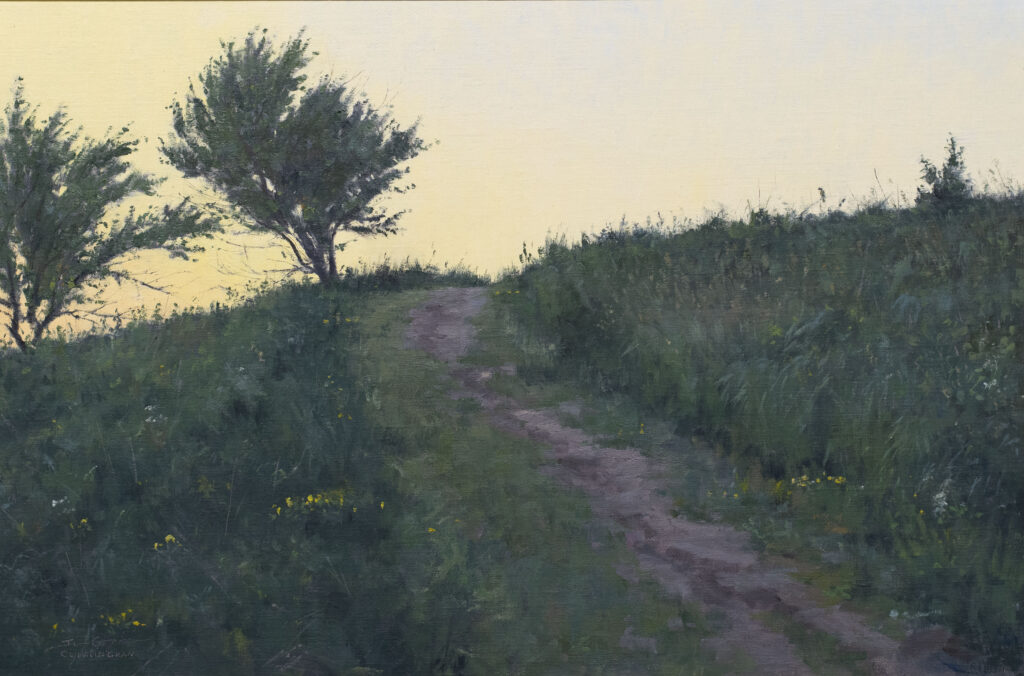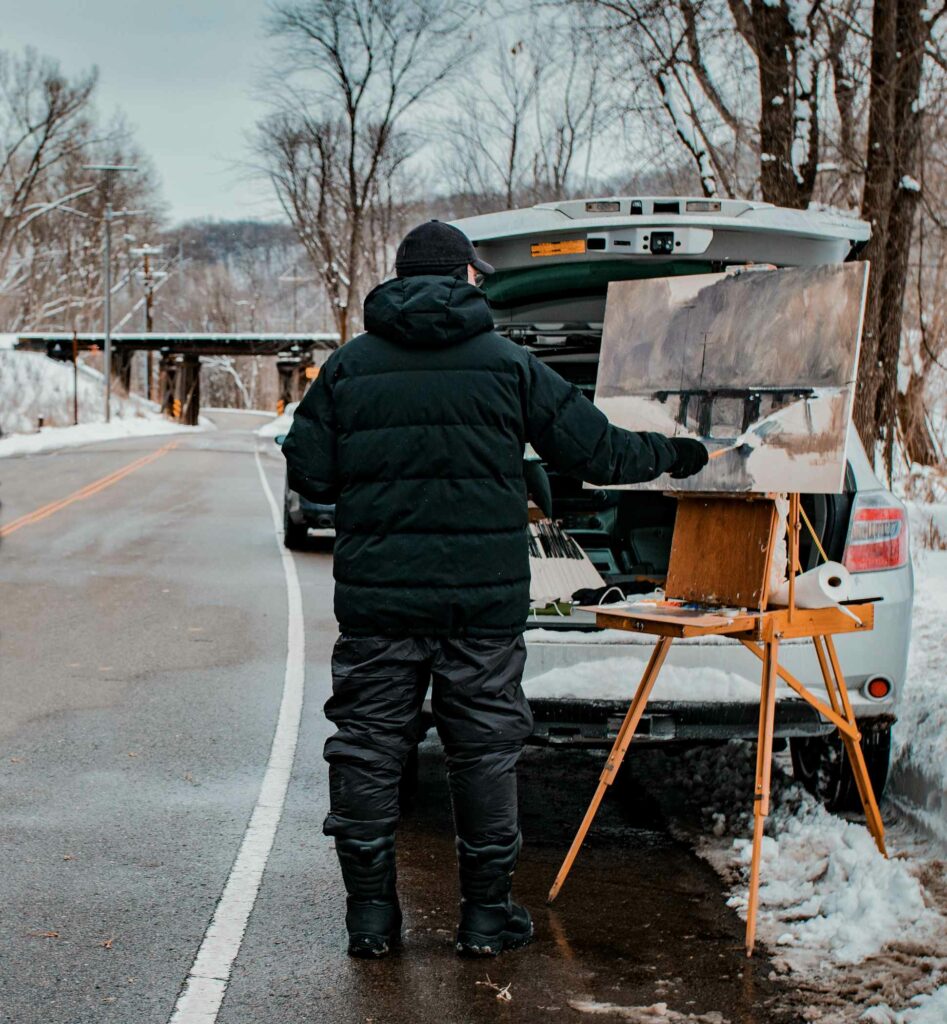Q&A with Joshua Cunningham


This interview with plein air artist Joshua Cunningham was originally published in 2020 as part of WBCA’s digital “care packages” that were sent out during the pandemic. Joshua went on to judge the 2023 Into Nature Plein Air Exhibition. You can read the full interview here:
- Can you describe how your background/childhood inspired your love of plein air painting?
I was an outside kid. I grew up the middle of 5 boys on 60 acres of wetlands, woods and pastures in rural Isanti. My brothers and I were almost always working and playing outside. We’d be so far gone to the woods and our imaginations that my mom would often have to ring an old ship bell on the porch to call us back to the house. When I was inside I was drawing or playing. As I got older, we had household chores and I got the job of dusting. I was not efficient. We didn’t have much in the line of ‘art’ but we had wildlife and western art prints, and I pored over them all as I dusted their frames. But the best stop was at the top of the stairs, where my dad had his fairly large Andrew Wyeth book laid out to be looked at. Over the years, my dad and I would turn a page and move on, kind of like how people may leave a chess board out. The world in those paintings didn’t look so different than the world outside our windows.
It wasn’t until I was in my late 20’s that I took a plein air painting workshop with Joe Paquet. It was like someone had flipped a lit match into a dry field. I continued to study with Joe for three years, before striking out on my own to continue practicing what I had learned and deepen my understanding of the principles of the prismatic palette, and the world around us to refine and clarify my own voice.
- What is it about capturing landscapes that you’re drawn to?
Every part of the experience is engaging; everything matters. I pack my gear the night before and put out my paint, so I can be ready to go early in the morning. I select my panels by thinking about places I’ve seen, paintings I’d like to try again, or wondering about going somewhere new. I might review old reference photos and maps. Then once I am out and about, I am looking, listening, and curious about everything as a potential painting. Think about paying that level of attention to the world around you. I truly love exploring. I am investigating a new place, finally getting back to a spot I saw on a previous outing, or seeing how an old familiar one has changed. Painting is always challenging and always worth the effort. It is easy to get caught up in the outcomes: is it a good painting or not, will it sell or not, will it win an award or not… In a way all that matters – but in a deeper way – who cares? We are there to paint and spend time with something we love. We aren’t just painting what we see, we are trying to express and articulate what it feels like to be right there at that moment. We are paying attention to the light, the shadows, the properties of colors, the character of the paint, the medium, the different brushes, this specific canvas. We are considering which approach to the scene, drawing first or massing in, mapping out the whole thing, or working out from one spot. We are studying and expressing the shapes of things that no one has ever cared about, and sometimes the shapes of things that everyone knows. The paintings that don’t work out make us better for the next one. The paintings that do work out have a chance to go out into the world and touch someone’s life. The day is special because it is unique and fleeting. We aren’t much different.
- Can you talk more about the ‘mercurial’ nature of plein air, and its relationship to time? Does that have more relevance during this pandemic?
So much is out of our control when we paint on location. Earlier today I was painting on a rural bridge, when the county road crew let me know they had to paint the bridge… I was about an hour into my painting, but by the time they were going to be clear – the light would have been so much different that it would’ve been nearly impossible. I decided to pack up and move on to find something else to paint. It was too funny and random to be upset about.
A lot of us are all looking ahead and wondering what life after the pandemic will be like and it is almost impossible to not be thinking about our pre-pandemic life.
Pain and suffering come from wanting things to be different than they are currently. When I go out to paint, I am generally looking for what is great about that day. I am paying attention to and trying to express the specificity of that given day. Plein air painting at its best tethers me to the here and now. So, if you make your plein air paintings about the how light, shadow, and atmosphere reveal the interconnected rhythms of a landscape than you’ve made your day about studying things that span eternity.
- How does plein air relate to memory?
Depending upon the time of day and time of year I am painting – memory comes into play after 5 minutes on a winter evening or 45 mins on a summer afternoon. When the light changes, everything changes, and I have to remember what I was so excited about that I stopped to paint. I have to remember all the things I have learned about painting, composition, drawing, and mood. I try to create a mental map of where I go as I explore, so I can find my way back to places and get a feel for the flow of the landscape. That utilizes tactical and technical memory. There is another vein of memory that comes into play, as well. Standing by a creek reminds me of being a kid along a creek and now after 20 years of painting, it reminds me of all the other times I have painted by a creek. I am remembering the many kindnesses of my mentors. The emotions that are attached to all of those memories are the catalyst – they imbue the process of creating a painting with something beyond depicting the scene. They fill it with gratitude.
- How do you see your role as a teaching artist?
When I think back to all that I learned in college and the seven years of art education that followed, I think the most important thing I was offered was encouragement — encouragement to take it seriously. It was encouragement to be open to learning new things, encouragement to practice more, to draw more, to ask more of my talent, so that it might do more for others. On and on the list goes. I see my role as a teacher, as encourager. I will encourage you to let go. I will encourage you to draw more often. I will encourage you to receive criticism in the spirit with which it is offered. I will encourage you to ask questions. I will encourage you to be open to new information, and I will encourage you to try applying it again even though it didn’t work the first time. I will encourage you to see your frustration, failure, and disappointment as indicators of your desire, work, and risk, rather than a referendum on your talent. I will encourage you to laugh at your mistakes, and mine, because a furled brow can act like a little wall in front of our mind. I will share what I have learned in a systematic way, and I will encourage you to challenge yourself because that is the only way we will grow.
- Do you have any advice for staying creative during this time?
A lot of us have extra time but we don’t have extra energy, so staying creative is a marathon not a sprint. Staying curious and paying attention to what moves you will fuel your creativity. If I have an idea, I try to act on it while it is warm. If it’s not an idea that’s actionable, I write it down. Writing it down makes it easier to remember and makes room for another idea. Acting on the idea while it’s warm makes room for the next idea. I also find sharing ideas and including others in ideas can be helpful in deepening connections – both with those with whom you are sharing and with your own sense of creativity.
